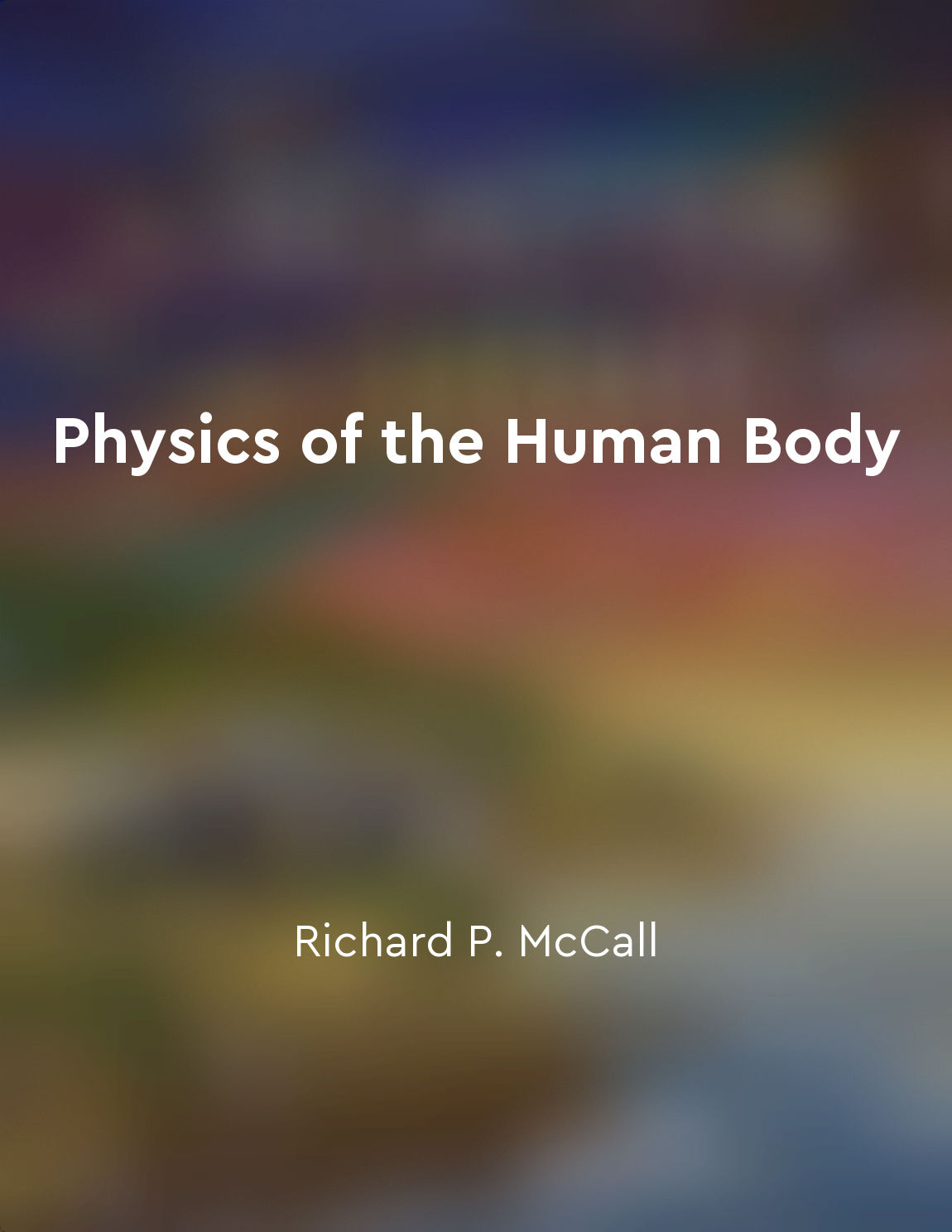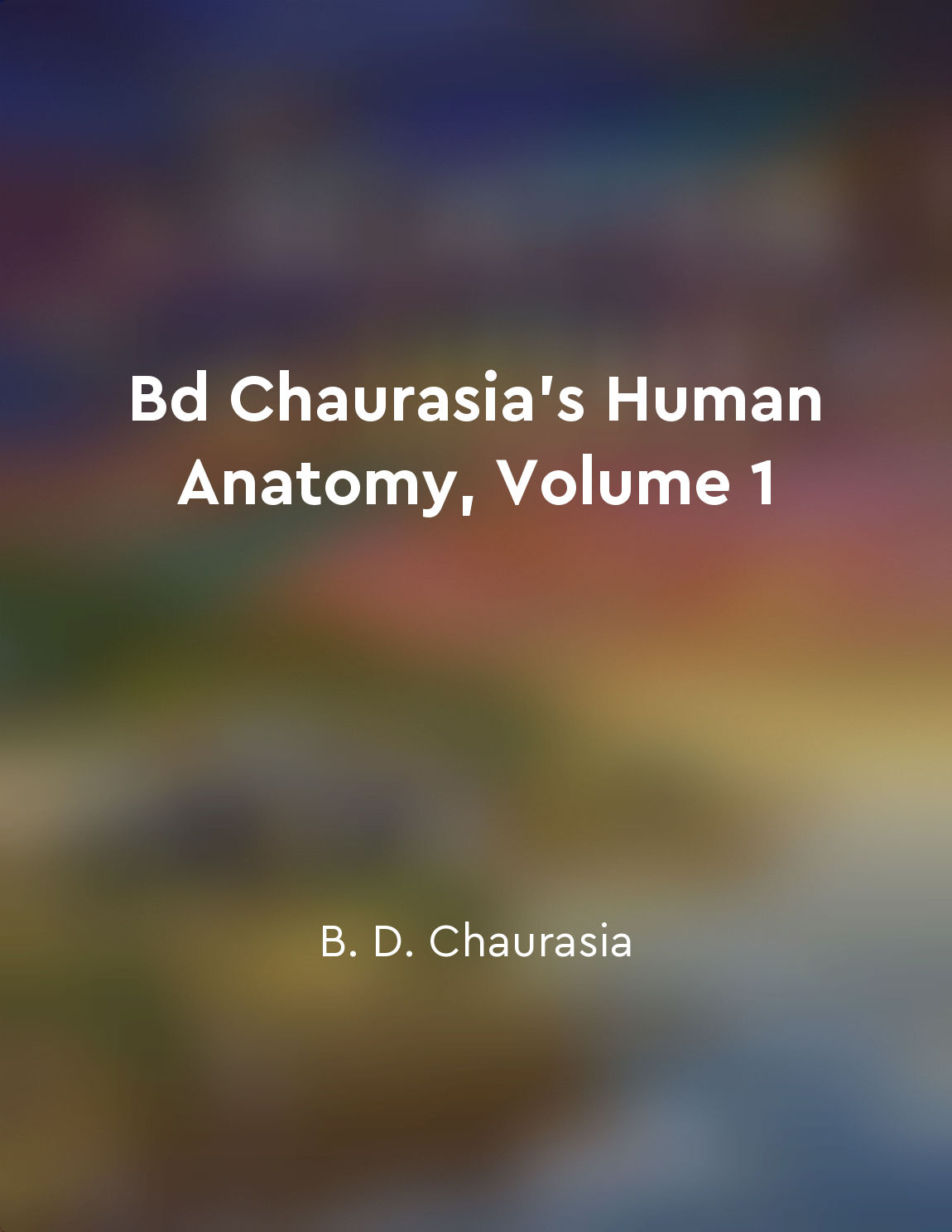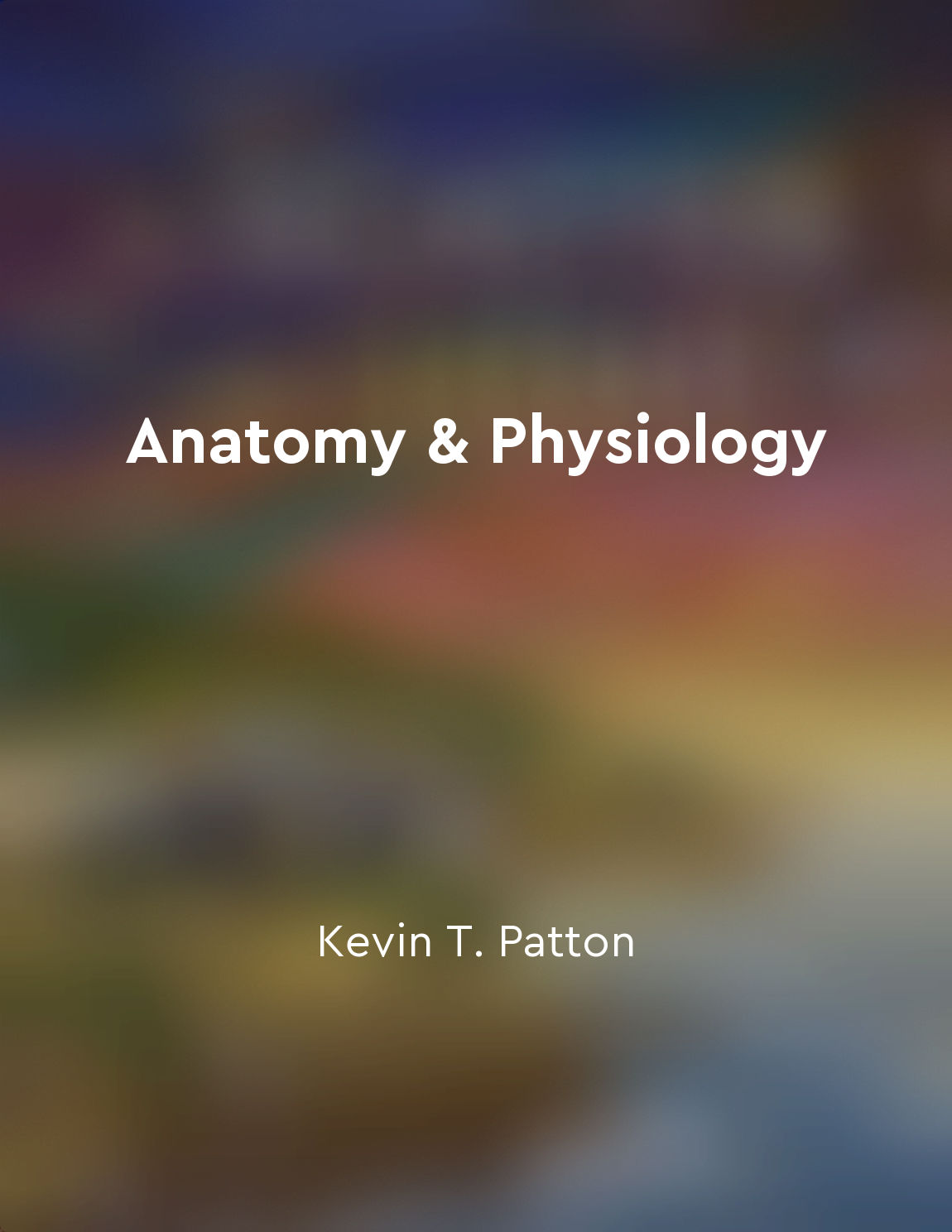The cardiovascular system circulates blood throughout the body from "summary" of Anatomy & Physiology by Kevin T. Patton
The cardiovascular system is a complex network of blood vessels that transports blood to all parts of the body. This system consists of the heart, blood vessels, and the blood itself. The primary function of the cardiovascular system is to circulate blood throughout the body, delivering oxygen and nutrients to the cells and removing waste products. The heart, which is the central organ of the cardiovascular system, acts as a pump that propels blood through the blood vessels. It has four chambers - two atria and two ventricles - that work together to ensure the efficient flow of blood. The atria receive blood from the body and the lungs, while the ventricles pump blood out to the rest of the body. Blood vessels are the highways through which blood travels to reach every cell in the body. There are three main types of blood vessels: arteries, veins, and capillaries. Arteries carry oxygen-rich blood away from the heart to the rest of the body, while veins bring oxygen-poor blood back to the heart. Capillaries are tiny blood vessels that connect arteries and veins, allowing for the exchange of gases, nutrients, and waste products between the blood and the cells. Blood is the transport medium that carries oxygen, nutrients, hormones, and waste products throughout the body. It is composed of red blood cells, white blood cells, platelets, and plasma. Red blood cells contain hemoglobin, a protein that binds to oxygen and carries it to the cells, while white blood cells help to fight off infections and foreign invaders. Platelets are responsible for blood clotting, which is essential for preventing excessive bleeding.- The cardiovascular system plays a crucial role in maintaining the body's overall health and function by circulating blood throughout the body. By delivering essential nutrients and oxygen to the cells and removing waste products, this system ensures that all organs and tissues receive the necessary resources to carry out their functions effectively.
Similar Posts

The importance of organic foods for reducing exposure to harmful chemicals
Eating organic foods is crucial in today's world where we are constantly surrounded by harmful chemicals. These chemicals can b...
Learning from setbacks and using them as opportunities for growth is important
Setbacks are an inevitable part of any journey towards achieving your goals. They can be frustrating, demoralizing, and make yo...
The brain is capable of both rational and irrational thinking
The brain is a remarkable organ with the capacity for both rational and irrational thinking. It is capable of processing vast a...
Microbes play a crucial role in various ecological processes
Microbes, the microscopic organisms that are omnipresent in nature, have a significant impact on various ecological processes. ...

Work and power are essential in human performance
Work and power play a crucial role in the functioning of the human body. When we talk about work in the context of physics, we ...
Understanding the pathophysiology of hemolytic anemia is crucial
Understanding the pathophysiology of hemolytic anemia is crucial for several reasons. Firstly, it allows us to comprehend the u...
The reproductive system ensures continuation of the species
The reproductive system in organisms plays a crucial role in ensuring the continuation of the species. This system is responsib...

Bones of lower limbs
The lower limbs of the human body are comprised of several bones that provide structure, support, and mobility. These bones wor...


